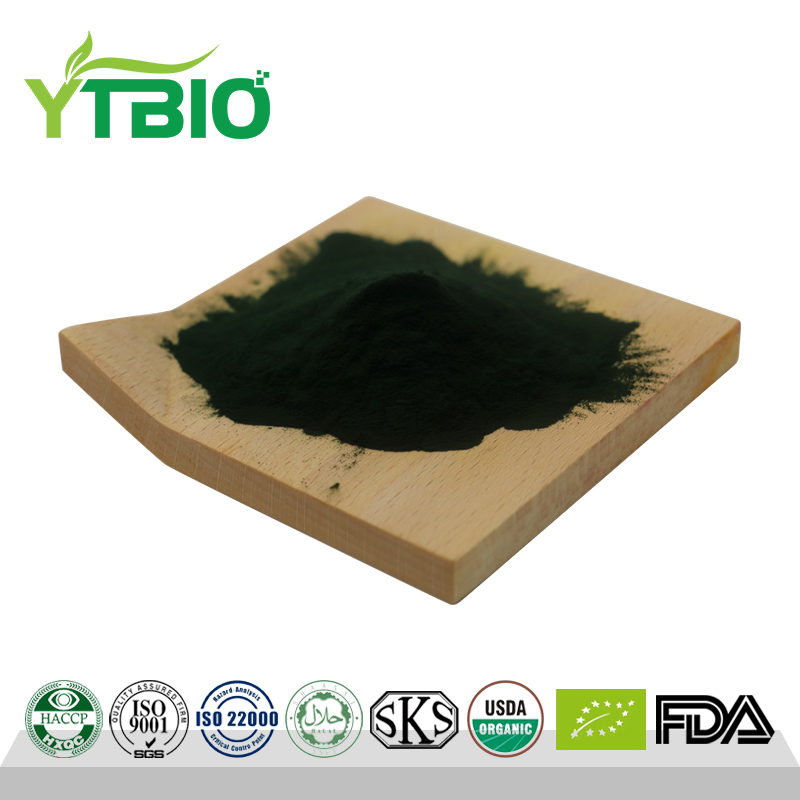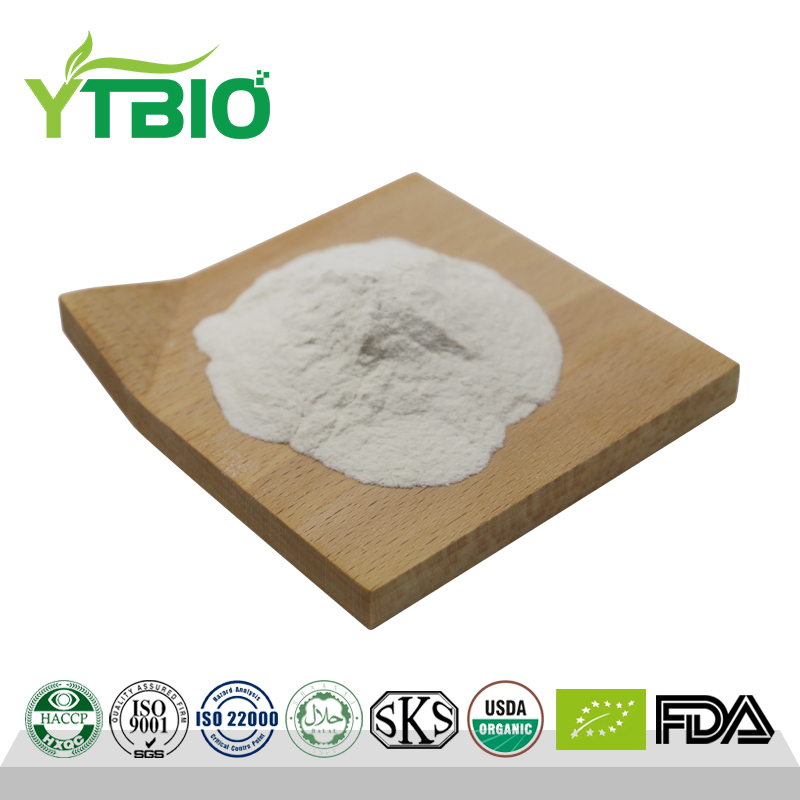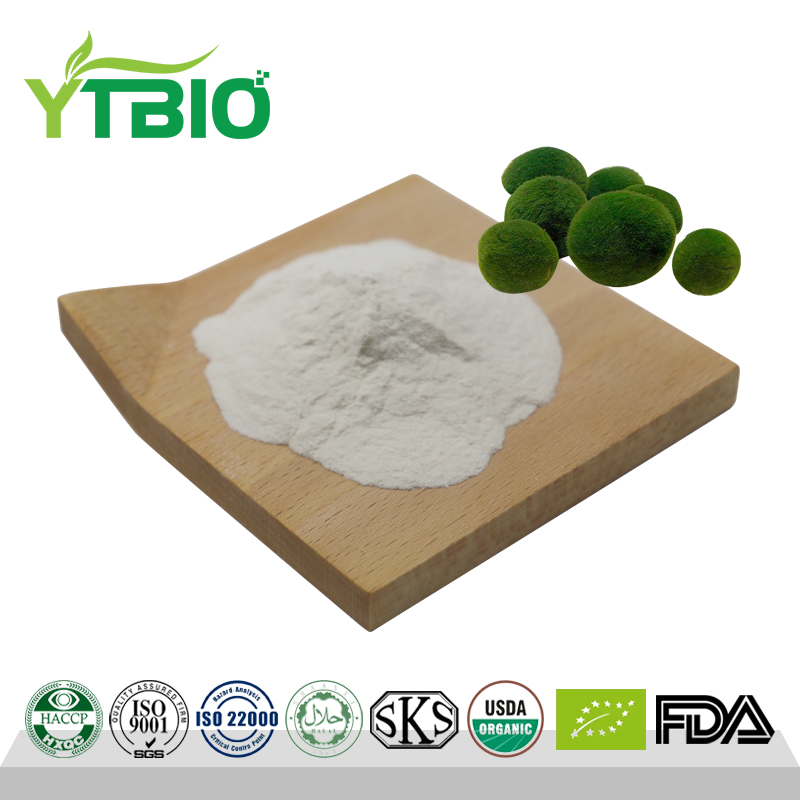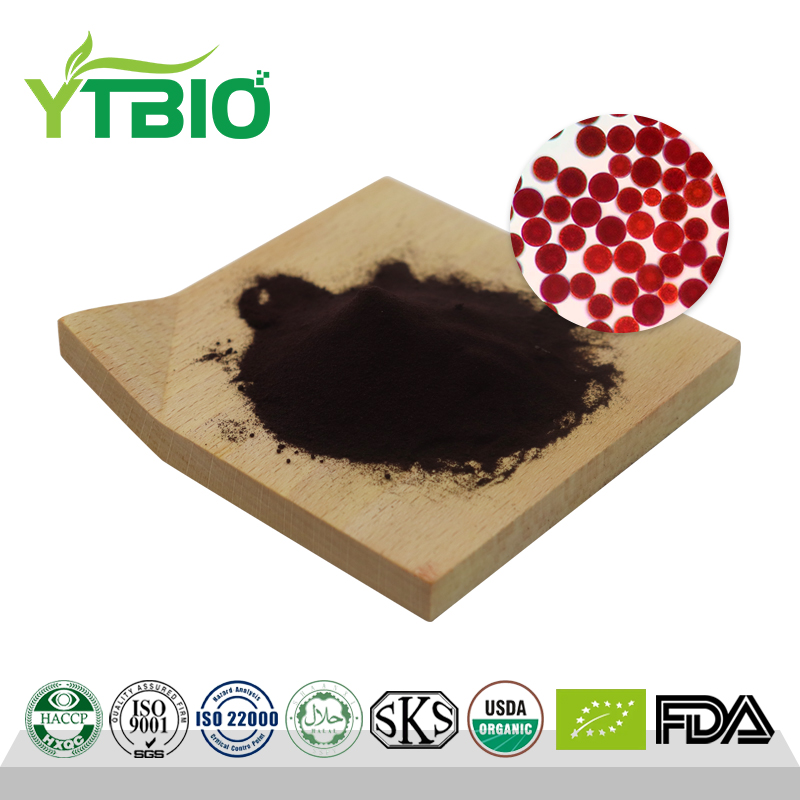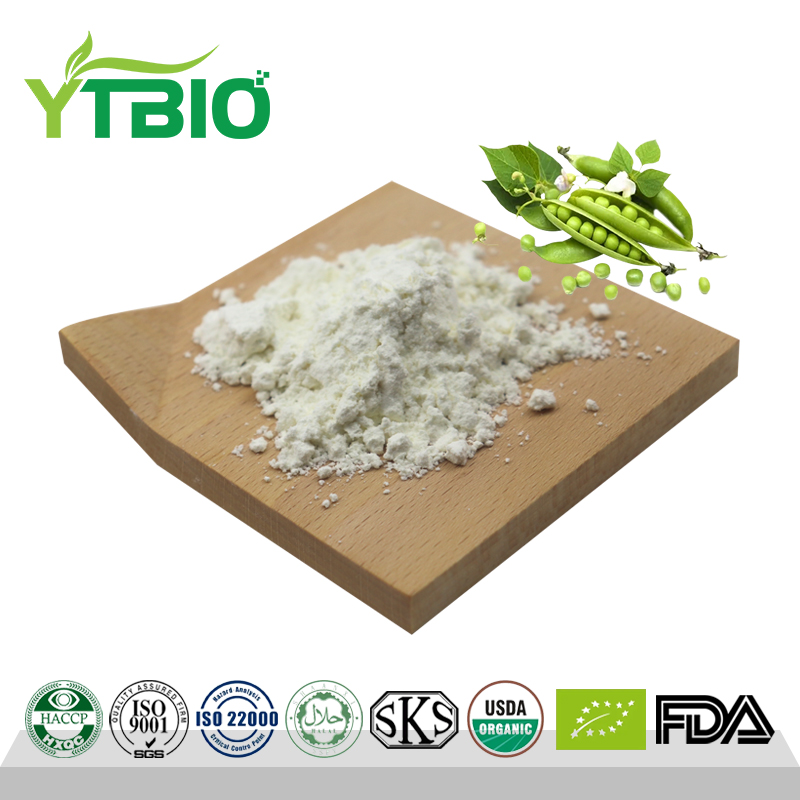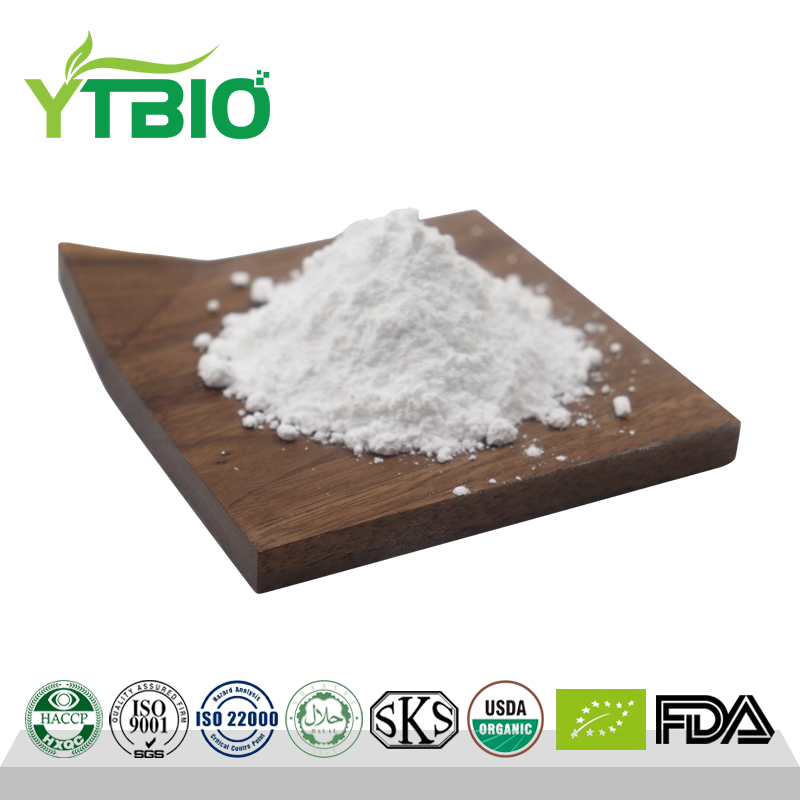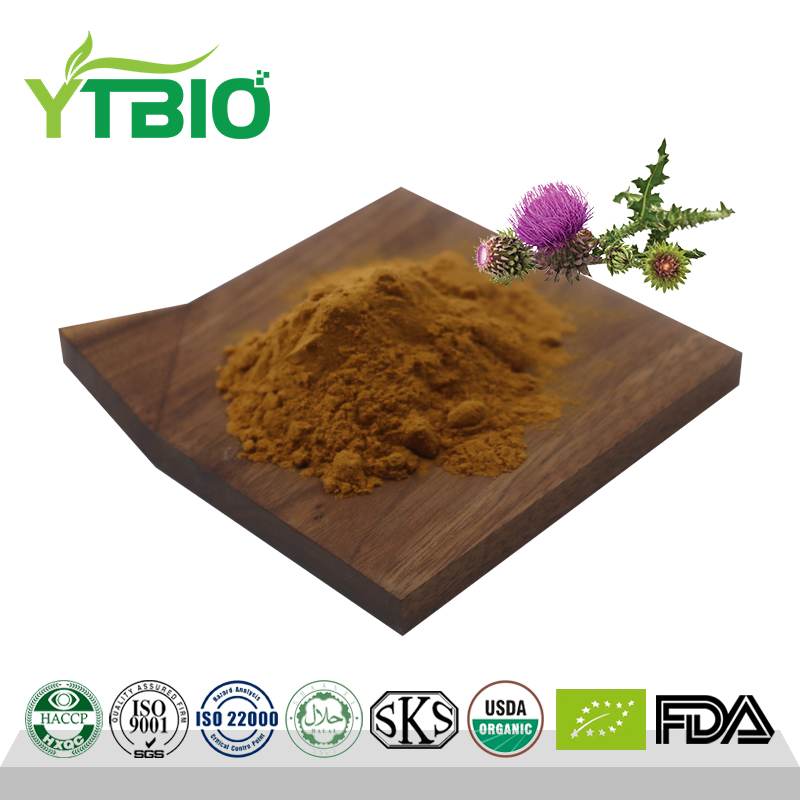98% calcium pantothenate powder Vitamin B5
What is calcium pantothenate?
Calcium pantothenate is a type of B vitamin and one of the nutrients necessary for normal growth of organisms. Calcium pantothenate exists in three forms because of its chiral carbon atoms: DL-body (mixed body), D-body (right-handed body) and L-body (left-handed body). Only D-calcium pantothenate has biological activity. The melting point is 195~196℃ (decomposition), soluble in water, methanol, glycerin, slightly soluble in ethanol and acetone, hygroscopic, slightly sweet, but slightly bitter. In terms of chemical stability, it is most stable in aqueous solutions with a pH value between 5 and 7, more stable in air and sunlight, and less stable in acids and alkalis.
Vitamin b5 (D-calcium pantothenate) is a white powder; odorless, slightly bitter in taste; hygroscopic; aqueous solution shows neutral or weak alkaline reaction. Easily soluble in water, slightly soluble in ethanol, and almost insoluble in chloroform or ether. It has the function of producing antibodies and also plays an important role in maintaining the health of hair, skin and blood.
Calcium pantothenate is easily soluble in water and glycerol, but insoluble in alcohol, chloroform and ether. Used in medicine, food and feed additives. It is a component of coenzyme A and participates in the metabolism of carbohydrates, fats and proteins. It is clinically used to treat vitamin B deficiency, peripheral neuritis, and post-operative intestinal colic. Participate in the metabolism of protein, fat, and sugar in the body.
What are the benefits
1. Stimulate hair growth
Calcium pantothenate can significantly increase the hair thickness of hair loss patients, and when used in combination with zinc sulfate, it becomes a good choice for controlling hair loss symptoms in the early stages. When the appropriate proportion of pantothenic acid is added, the fur area and coat length can be significantly increased.
2. Antioxidant
It not only promotes the oxidation of fatty acids, but also protects the biological membrane system through different mechanisms, resists lipid peroxidation, ensures the integrity of the body's cell structure, and thereby maintains the body's normal physiological functions. Adding pantothenic acid to the diet can significantly reduce the contents of lipid peroxidation products and protein peroxidation products.
3. Promote digestion
It can improve the animal's ability to digest and absorb nutrients by promoting the growth and development of the intestine and hepatopancreas, improving the ability of the hepatopancreas to secrete trypsin, lipase and amylase, and enhancing intestinal absorption capacity, promoting food intake, and thereby improving Growth performance.
4. Improve immunity
It can inhibit the growth of intestinal bacteria such as Escherichia coli by promoting the phagocytosis of white blood cells, improving the bacteriolytic effect of serum lysozyme and acid phosphatase, enhancing the antibacterial effect of serum total iron binding capacity, and promoting the reproduction of intestinal lactobacilli. Enhance the non-specific immunity of animals; enhance the specific immunity of animals by promoting the growth of immune organs and enhancing serum specific antibodies and IgM antibody responses, thereby improving disease resistance.
5. Others
A certain ratio of pantothenic acid can reduce the expression of adipose triglyceride lipase (ATGL) and long-chain acyl-CoA synthetase 1 (ACSL1) genes in animal livers, and the expression of the latter two has an impact on animal growth rate, slaughter performance and lipid metabolism. Metabolism is a synchronous reverse regulation mechanism. Adding pantothenic acid to feed can enhance animal growth performance, reduce feed-to-meat ratio, and improve muscle quality. It can also reduce abdominal fat rate and also reduce blood uric acid, urea nitrogen, and total cholesterol levels.
Application direction
Mainly used in medicine, food and feed additives. It is a component of coenzyme A and participates in the metabolism of carbohydrates, fats and proteins. It is an indispensable trace substance for the maintenance of normal physiological functions of humans and animals. More than 70% is used as feed additives.
It is clinically used to treat vitamin B deficiency, peripheral neuritis, and post-operative colic. Participate in the metabolism of protein, fat, and sugar in the body.




